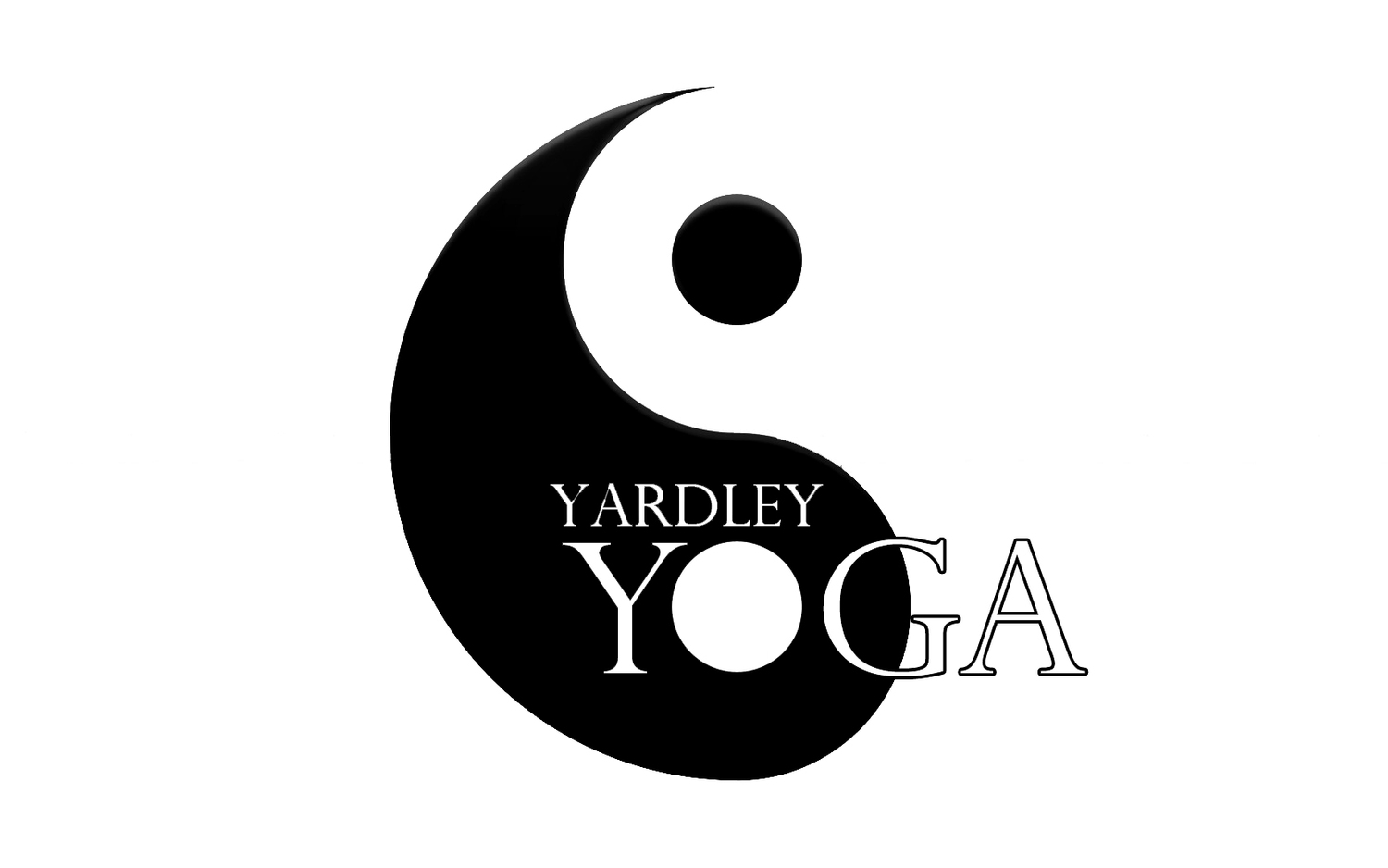Why Hongkongers get sciatica, and three yoga moves to deal with the lower back pain
Sciatica is caused by pressure on the sciatic nerve from a bulging disc or tight buttock muscles. Yoga teacher and therapist Dilip Pillai shows how to stretch properly to alleviate symptoms of this painful, debilitating condition
PUBLISHED : Monday, 30 October, 2017, 7:16pm
UPDATED : Monday, 30 October, 2017, 7:15pm
30 Oct 2017
If sitting is the new smoking, then it’s no surprise that sciatica is the new tennis elbow.
SCMP TODAY: HK EDITION
Get updates direct to your inbox
E-mail *
By registering you agree to our T&Cs & Privacy Policy
Sciatica – a pain that radiates along the sciatic nerve – is often caused by prolonged sitting and/or weight gain. It can also be caused by incorrectly doing something physical. There are many misconceptions about both the causes of and remedies for this condition.
The sciatic nerve is the largest in the body, starting in the lower back and running down the back of the legs. Pressure on this nerve can cause excruciating, sometimes debilitating, pain down the back of the leg and up into the pelvis and buttocks. This condition may be caused by a bulging disc in the lower back, or from tight buttock muscles (the gluteus medius and/or the piriformis) muscle. A disc can herniate from injury, weakness, excessive weight or constant physical movement – lifting, twisting, bending – done incorrectly, such as not bending down properly to lift something heavy.
If you suffer from pain that seems to present itself as sciatica, but the root cause could be a serious degenerative disc problem, any forward bending is ill advised. Speak to your doctor if you have persistent pain, despite regularly releasing tight glutes and hip muscles.
Sciatica may also be the result of very tight buttock muscles, as the nerve runs straight through the gluteal and piriformis muscles. If these muscles are overworked, they can impinge on the sciatic nerve and cause pain, which will travel through the buttock possibly all the way to the foot, and sometimes up into the lower back. Loosening the piriformis muscle with deep body rolling tools can be a great reliever.
Do you have ‘chicken neck’? Nine ways to avoid neck and lower back pain
One key misconception is that the best way to relieve sciatica is to stretch. Stretching in a forward bend (either standing or sitting), if done improperly, can worsen the condition. Many people aggravate their sciatica by doing this. If your doctor advises that the sciatic pain could pass with the right exercises, a good stretch is key. But don’t simply get out there and bend it like Beckham.
You first need to lift your body ‘up’ to extend it before forward tilting at the hips to stretch forward and reach for your toes. Your hips need to be tilted forward, with one knee bent, stretching just one leg at a time.
Yoga teacher and therapist Dilip Pillai demonstrates the three most effective yoga poses for relieving sciatica.
Cow face pose (gomukhasana)
Dilip starts in a comfortable seat then crosses his knees over each other and stacks them evenly, ensuring both feet are flexed and at the side of the body. He keeps his spine straight, head upright and arms by his side.
He inhales deeply, exhales, extends his back even higher and leans using a forward hip-tilt – not down to his knees – as though he is trying to place his forehead on the wall in front of him. In other words, by the time he has reached this position, he has extended and – once gravity has taken hold – his head has naturally reached closer to his knees. Hold for a few breaths and come back up the same way you tilted forward. It is an incredible back stretch and hip reliever. For variation, if you feel up to it, hold your hands behind your head.
Child’s pose (balasana)
The child’s pose is similar to having a quick snooze. Dilip sits upright, knees folded neatly underneath him. If you can’t do that, find a yoga block and place it under your buttocks, knees folded either side. Once you’ve inhaled deeply and ensured your back is straight and your head is in line with your spine, extend up and forward – very slowly – as far as you can go.
Ideally, your forehead will reach the floor and you can breathe into the stretch. This pose stretches hips, thighs, and ankles while reducing stress and fatigue.
Seated one-legged fold (janu sirsasana)
This forward fold gives a good stretch to the back legs, from the glutes to the hamstrings to the calves and is also great for the side body. As with any hamstring stretch, practising this pose will release the lower back. It is also calming. But remember, as with the other poses, you are extending up, then forward.
Notice that Dilip’s head is not on his shins and that his right foot is flexed close to his body. His left foot is also flexed and his buttocks are flat on the floor. His elbows are bent as his grasps the inside and outside of one foot. If you can not reach your foot, aim for the shin and breathe.
